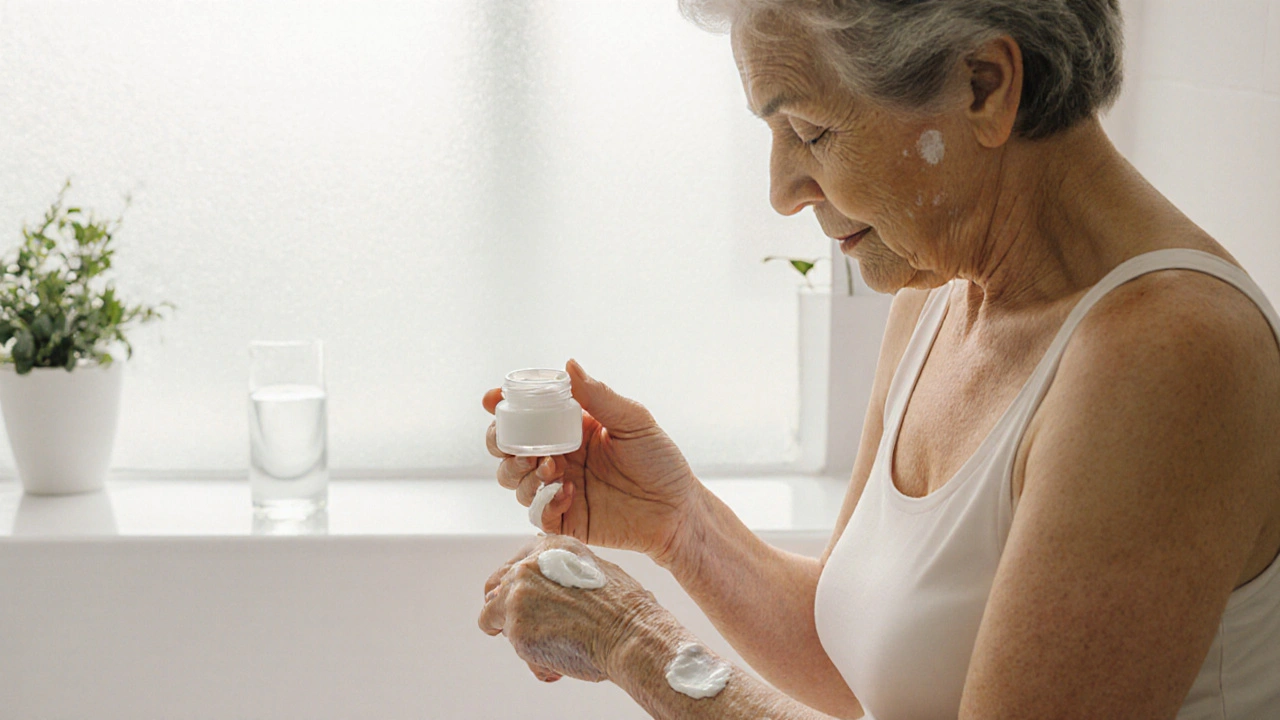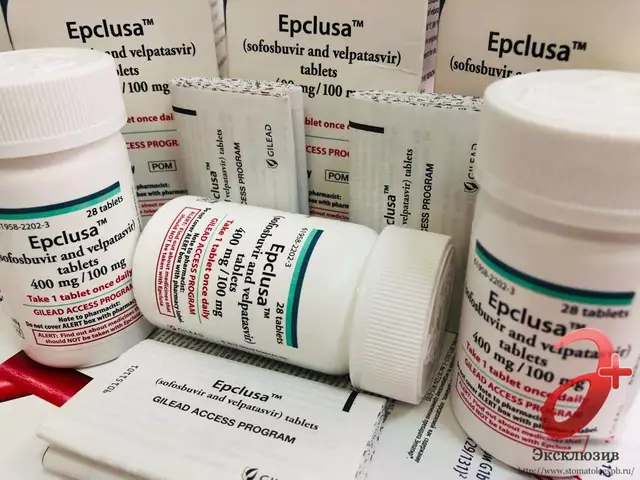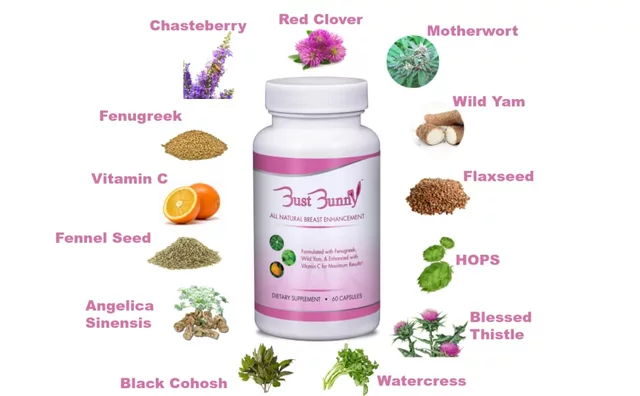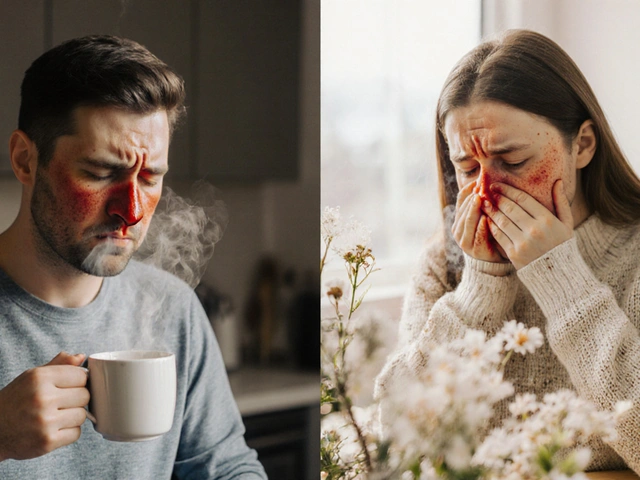The Cost of Velpatasvir: Is It Worth the Investment for Hepatitis C Treatment?
July 31 2023Alternative Depigmenting Agents
When working with Alternative Depigmenting Agents, non‑prescription compounds that reduce melanin production or transfer to give a lighter complexion. Also known as skin lightening alternatives, they aim to brighten areas affected by melasma, post‑inflammatory hyperpigmentation, or sun spots. Traditional hydroquinone, the long‑standing prescription depigmenting agent works well but can cause irritation and is restricted in several countries. Today many turn to milder, often botanical, options. Azelaic acid, a naturally occurring dicarboxylic acid that inhibits tyrosinase and reduces keratinocyte turnover offers anti‑inflammatory benefits, making it a good fit for acne‑related dark spots. Kojic acid, a fermentation‑derived compound that chelates copper in the tyrosinase enzyme provides a gentle, plant‑based approach popular in Asian skincare. alternative depigmenting agents are expanding fast, driven by consumer demand for safer, over‑the‑counter solutions.
Why Look for Alternatives?
Choosing an alternative starts with understanding the biology of hyperpigmentation. Melanin synthesis hinges on the enzyme tyrosinase, so every effective agent either blocks this enzyme, reduces melanin transfer, or speeds up cell turnover. That makes tyrosinase inhibitors, substances that prevent melanin from forming a core category. Hydroquinone substitutes like azelaic or kojic acid fit this definition, but they differ in potency, irritation potential, and regulatory status. For example, azelaic acid’s dual action on inflammation means it can treat both rosacea and hyperpigmentation, while kojic acid shines in cosmetic formulations, often layered with glycolic or lactic acids for exfoliation. Users with sensitive skin gravitate toward these milder agents, especially when dealing with melasma—a hormonal pigment disorder that flares with sun exposure and oral contraceptives. By pairing a safe depigmenting agent with sun protection, many achieve noticeable fading within eight weeks, a timeline reflected across several of our articles.
When picking an agent, consider three practical factors: safety profile, concentration, and usage routine. Safety means checking for FDA or EMA approval, especially for products exceeding 2% kojic acid or 10% azelaic acid. Concentration determines how fast results appear; higher percentages deliver quicker lightening but raise irritation risk. Finally, routine—morning vs. evening, with or without sunscreen—affects compliance. Our guides walk you through reading ingredient labels, testing patches, and building a regimen that matches your lifestyle. Whether you’re hunting for an over‑the‑counter cream, a serum with botanical extracts, or a prescription‑strength formula, the right alternative can fit your needs without the side effects of classic hydroquinone. Below you’ll discover detailed articles that compare formulas, explain how each agent works, and give step‑by‑step tips to start brightening your skin safely.
 27 Sep
27 Sep
Benoquin Cream (Monobenzone) vs. Alternative Depigmentation Treatments - Full Comparison
Compare Benoquin cream (Monobenzone) with other depigmenting options, covering effectiveness, safety, usage and practical tips for vitiligo patients.
Read More...




